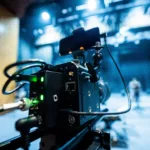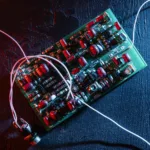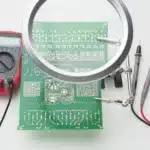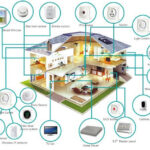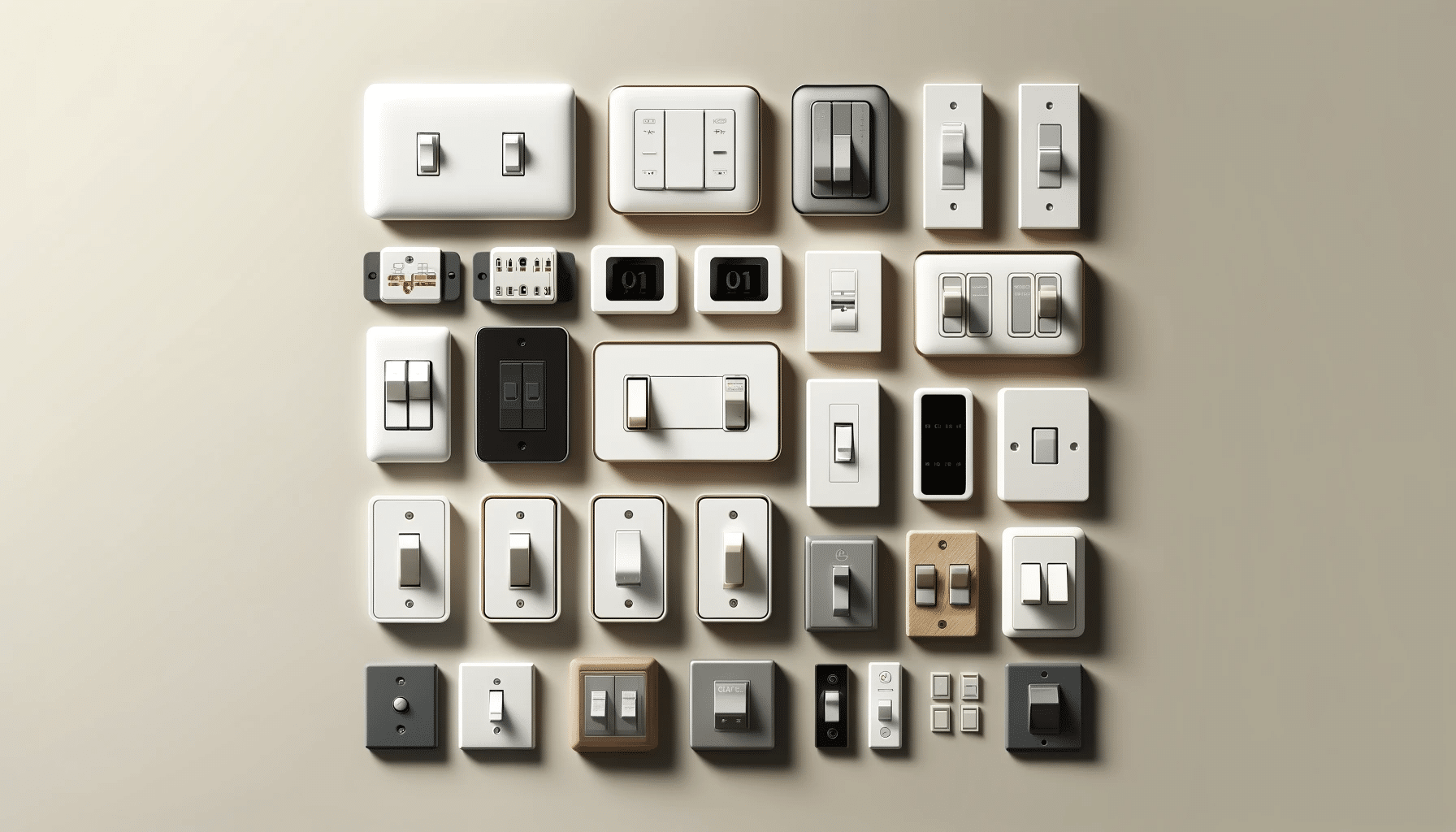
Introduction
Electrical and light switches are essential electrical components of any building’s electrical system. They serve the practical purpose of controlling lights and appliances and contribute to the overall aesthetics of a space. With a broad variety of switches in the market, choosing the best ones can seem daunting. This ultimate guide aims to simplify the users’ buying process by providing comprehensive information on different types, the significance of selection criteria, factors to consider, and where to find switches.
What are Electrical and Light Switches?
Electrical switches are a broader category of electrical devices that disconnect or connect an electrical circuit. However, they can turn power on or off, direct the current flow, and are crucial in managing various devices and circuits. Moreover, electrical switches are integral components in everyday and specialised applications, offering unprecedented benefits in terms of safety, ease of use, reliability, versatility, and customisation options.
Light switches are a type of electrical switch specifically built to perform a particular function, like controlling electric lights. They are typically mounted on walls and use a toggle, rocker, or push-button mechanism to interrupt the flow of electricity to the light fixture.
What is the Difference Between Light Switches and Electrical Switches?
Both light and electrical switches are related but not precisely the same. A light switch is a specific type of electrical switch designed to control lighting fixtures with a simple on/off function. It focuses on user interaction and ease of use for controlling light. On the other hand, they refer to a broader category of switches designed to control the flow of electricity in a circuit. Moreover, electrical switches can be used for various purposes, including lighting, appliances, motors, and more and offer a wider variety of functions – on/off, dimming, timers, motion sensors, etc. In summary, all light switches are electrical switches, but not all electrical switches are light switches.
The Significance of Well-Chosen Electrical and Light Switches
Considering various parameters is significant when looking to purchase electrical and light switches. Additionally, having a complete insight into crucial selection criteria ensures you buy switches that are safe, functional, compatible, durable, aesthetically pleasing, and fit your budget.
Understanding Different Types of Light Switches and Electrical Switches
Electrical and light switches come in various types based on their functionality, design, and intended environments. The most common types of light switches include:
- Single-Pole Switch – This switch is the most common type of light switch used to control a light from a single location.
- Double-Pole Switches – They are designed to control two circuits from a single location.
- Three-Way Switch – This switch allows you to control light from two different locations, typically used in stairways or large rooms.
- Four-Way Switch – These switches are used in conjunction with two three-way switches. Moreover, they can control a light from three or more locations.
- Dimmer Switches – These switches enable users to adjust the brightness of the light, providing customisable lighting levels.
- Toggle Switches – These switches are commonly used for on/off control in residential and industrial settings.
- Rocker Switches – These switches function similarly to toggle switches but have a different actuation style. Rocker switches are often used in modern homes and electronic devices.
- Smart Switches – A smart light switch can be controlled remotely via smartphones or voice commands.
Exploring the Most Common Types of Electrical Switches
Electrical switches––the broader category of switches––can be classified into the following switches:
- Push-Button Switches – These switches are activated by pressing a button and are used in various applications, from doorbells to machinery.
- Rotary Switches – They operate by rotating a knob and are best for selecting different circuit paths.
- Slide Switches – These devices are comprised of and operate by sliding a lever. They are common in small electronic devices.
- Proximity Switches – Widely used in automation and safety systems, proximity switches are activated by the presence of an object.
- Pressure Switches – These switches are designed to operate when a certain pressure level is reached. They are commonly used in fluid systems and pneumatic applications.
- Limit Switches – These mechanical devices detect the presence or absence of an object and limit its functionality. Additionally, they are typically used in industrial applications to control machinery.
- Selector Switches – These switches allow you to choose between different options. Moreover, they come in various configurations, like rotary dials or levers, with multiple positions for selecting functions, sources, or settings.
- Specialty Switches – This is a broad category encompassing any switch designed for a specific function beyond basic on/off. Examples include foot pedals for control, pressure pads for activation, or key switches requiring a physical key to operate.
- Joystick Switches – These switches combine a directional control element (the joystick) with integrated buttons for multiple control options. However, they are typical in gaming controllers or industrial machinery.
- Outdoor Switches – These switches are designed for outdoor control functions and can withstand harsher environments. In addition, they come with weatherproof casings and materials resistant to rain, dust, and corrosion.
- Retractive Switches – These switches return to their original position after being pressed, unlike a toggle switch that stays on or off.
Key Factors to Consider When Buying Electrical and Light Switches
When looking to buy a switch, consider the following key factors to ensure you get a suitable switch with a balanced budget. These include:
- Switch Type
- Type of Functionality
- Determine the Location of the Switch
- Colour and Finish
- Compatibility with Electrical Systems
- Size and Durability
- Design and Style
- Ease of Installation
- Safety Features
- Certifications
- Cost and Brand.
Where to Buy Electrical and Light Switches?
Light and electrical switches are readily available in local stores and online from a variety of marketplaces. However, some of the leading online retailers where you can find guaranteed switches include:
- Amazon
- Enrgtech
- Screwfix
- Farnell
- Mouser, and others, depending on your location and preferences.
Takeaway
Choosing the right electrical and light switches is essential for both functionality and aesthetics. Whether you opt for traditional switches or advanced smart switches, our guide covers all the information you need to make an informed decision. By understanding different types of switches and their significance and considering key factors during the buying process, users can ensure a seamless and stylish addition to their home or building’s electrical system.






